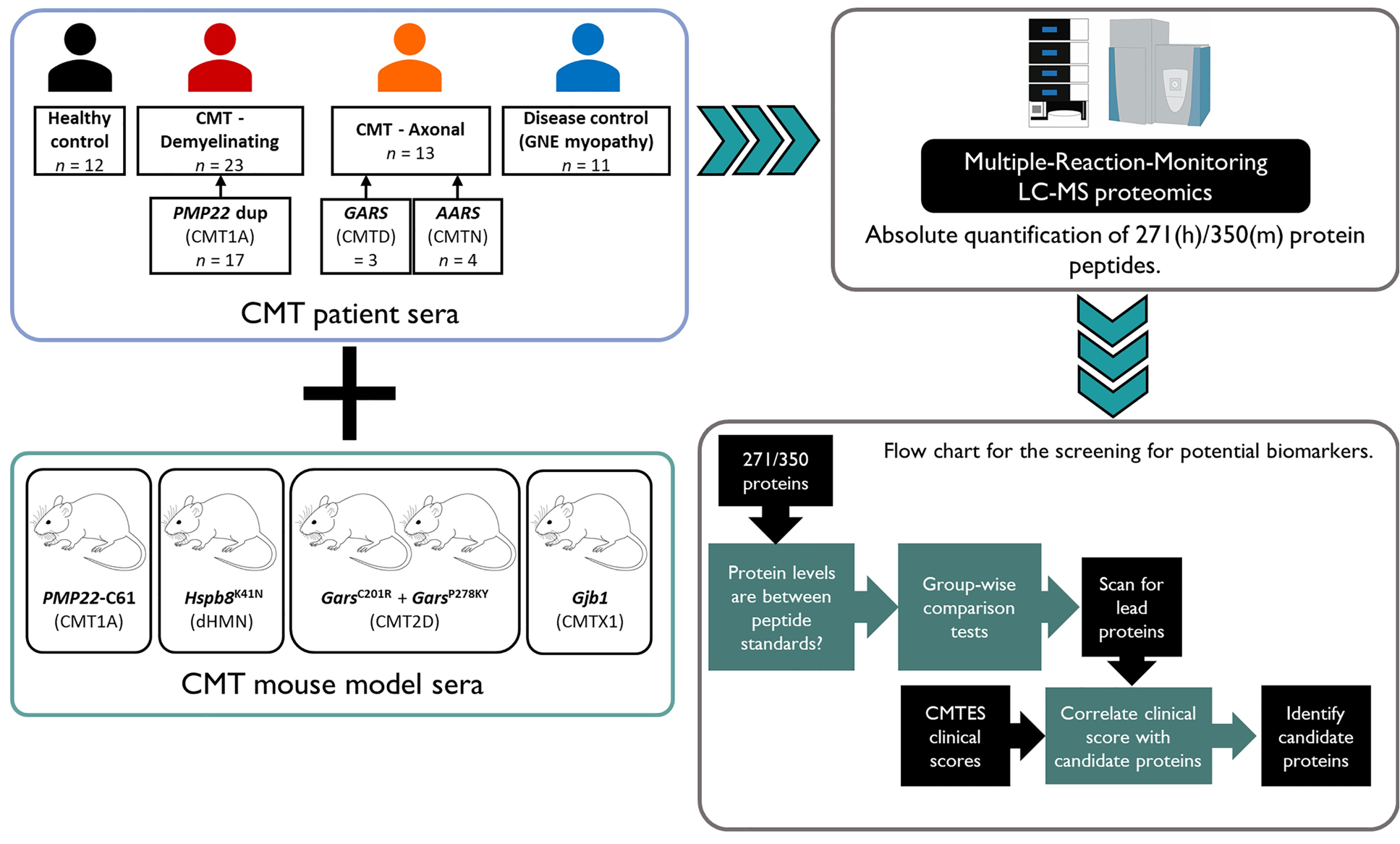In Vivo CRISPR for neurogenetic disease
The development of CRISPR technologies has transformed the pace of investigation of functional genetics. However, the greatest improvement in experimental throughput have so far been limited chiefly to in vitro experimental platforms. Meanwhile, the recent emergence of engineered AAV viral capsids has greatly enhanced our capacity to target specific cellular populations in the central nervous system of mice.
Using these technologies, we have worked to perform high-throughput genetic perturbations in disease-affected neurons in Parkinson’s disease and spinocerebellar ataxia. By providing robust technological platforms for the investigation of neurogenetics in vivo, we hope to achieve meaningful improvements towards the understanding and mitigation of these devastating conditions.
Much of this research is in close collaboration with the lab of Alex Chavez at UCSD, particularly post-doc Lai (Larry) Wei.
Pathophysiology of peripheral neuropathies
The peripheral nervous system is the conduit through which the brain is able to control our bodies, therefore its function is critical to the overall functionality of the brain. Degeneration of the peripheral neurons may be induced in relation to diabetes mellitus, anti-cancer chemotherapeutics, as well as hereditary forms - termed Hereditary Motor Sensory Neuropathies (HMSN), with the typical combined presentation termed Charcot-Marie-Tooth disease (CMT). While considered under the umbrella of ‘rare disease’, CMT is among the most common Mendelian genetic disease affecting around 1 in 5000 persons.
Nervous system of Harriet Cole
Dr. Rufus Weaver, Pennsylvania, 1888
Despite a good understanding of patient genetics, the great majority of patients are without a disease-modififying disease, therefore making sensitive clinical trials of the slowly progressive disorder critical. During my PhD work, I identify the serum proteins NCAM1 and GDF15 as candidate biomarkes suitible for both pre-clinical mouse studies and clinical trials of therapeutics. These markers were then used my collborators to validate pre-clinical gene therapies for mouse models of CMT.


